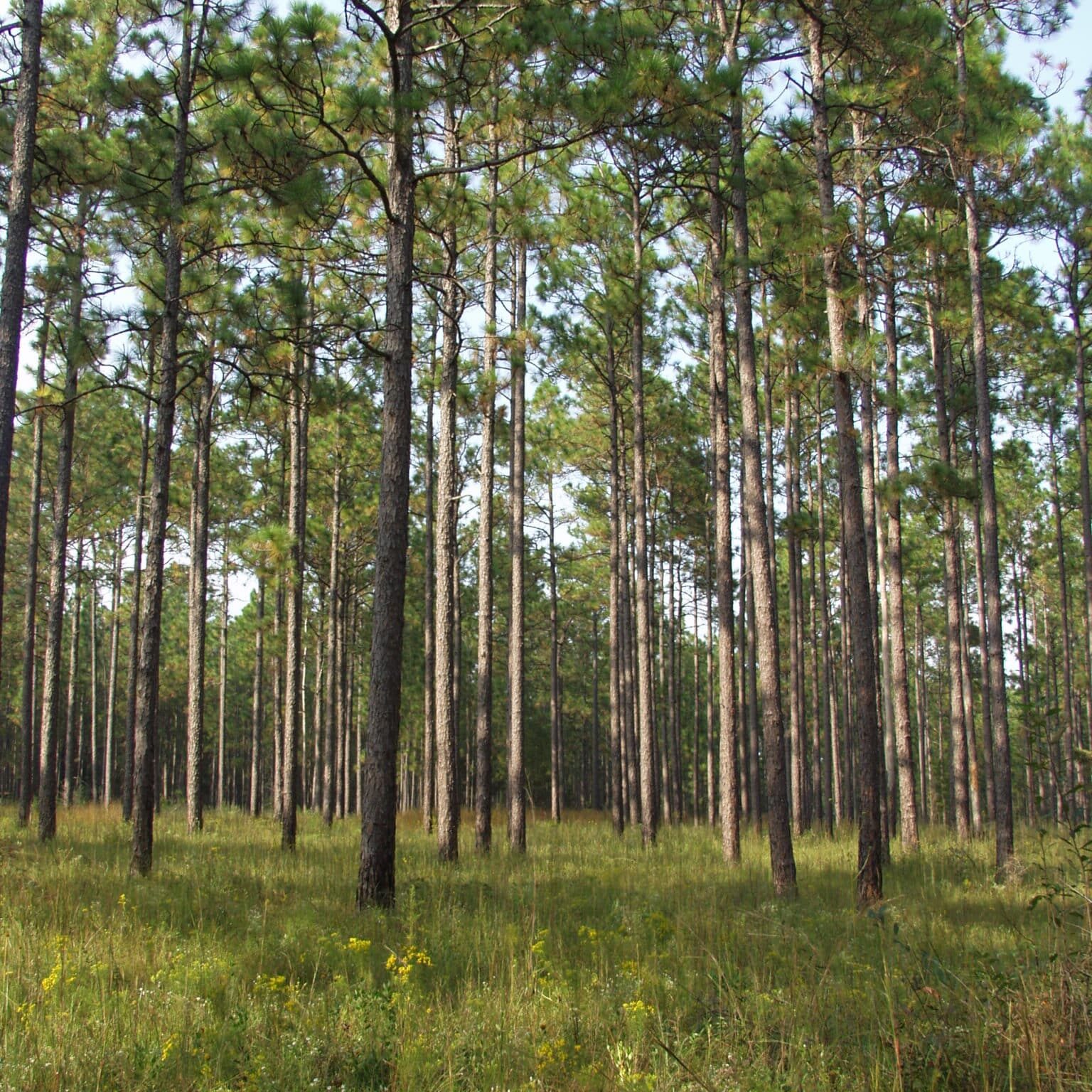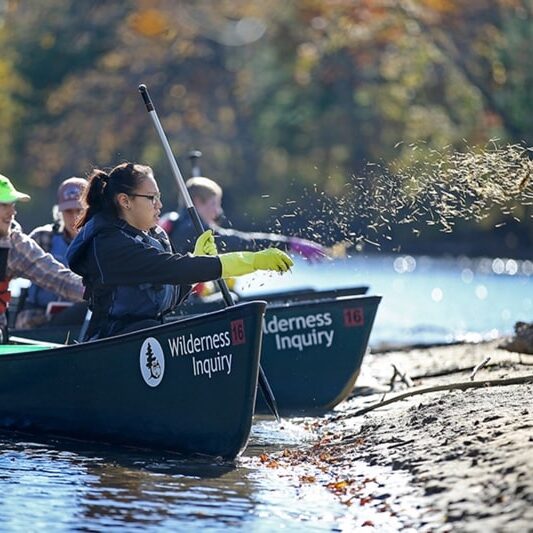Quests
Quests are project- and problem-based pathways to explore and address environmental challenges in your own community.
Hackensack River Quest
Quest issued by: Turner Foundation, The Hackensack Riverkeeper, and Waterkeeper Alliance
Geography: Hackensack watershed
Target Grade Bands: 5th-8th
Ecosystem: Watersheds
GRANTS AVAILABLE
Quest for Longleaf Pine
Quest issued by: US Forest Service, Moore Charitable Foundation & Wade Research Foundation
Geography: Southeastern US
Target Grade Bands: 5th-8th
Ecosystem: Longleaf Pine Ecosystem
GRANTS AVAILABLE
Pollinator Quest
Quest issued by Captain Planet Foundation
Geography: US (50 states + Puerto Rico)
Target Grade Bands: 3rd-5th
Ecosystem: Pollinator Species
GRANTS AVAILABLE
Soil Quest
Quest issued by Kiss the Ground
Geography: US (50 states + Puerto Rico)
Target Grade Bands: 5th-8th
Ecosystem: Soil Ecosystems; Climate
GRANTS AVAILABLE
Quest for Coexisting with Wolves
Quest issued by: Turner Endangered Species Fund
Geography: Western US
Target Grade Bands: 8th-12th
Ecosystem: Wolf as Keystone Predator
MN Freshwater Quest
Quest issued by Wilderness Inquiry
Geography: Minnesota
Target Grade Bands: 5th-8th
Ecosystem: Freshwater systems of MN
GRANTS AVAILABLE

This spring, the 2024 Green Heart STEM Challenge is also being hosted on the Project Hero platform. This is a youth-facing challenge focused on water justice that kicks off in January 2024 and concludes in April 2024. Teams of 2-5 students are invited to explore issues around access to clean and healthy water in their communities, and design a feasible solution to address any problems they find. Student teams compete with other teams in their age category and finalists are invited to present their ideas to a celebrity judge panel in late-April/ early-May.
Registration for the Green Heart STEM Challenge is free and closes December 10.
REGISTER YOUR STUDENTS
Free Educator Resources & Grants
Create a free Educator Account to qualify for small grants and to access educator resources including curriculum maps, instructional guides, cross-curricular activities, and more.
Frequently Asked Questions
How can the Quest be facilitated in a large group or class?
Quests are designed to be completed as a class, but with work done by students in small groups. We'd recommend groups of 3-4 students working as a team. For Quests focused on species, the goal is for students to select one species at the beginning of the Explore section that they will focus on as they proceed. This selection can be done as a whole class (i.e. focusing on one species as a class), or in small groups (i.e. each group focuses on their own species). You can decide how you want to proceed, but you'll want to have students collaborate on designing and implementing only ONE class project at the end.
Do my students need accounts?
No! Project Hero was designed specifically not to require student accounts or logins. Just provide your students the unique URL you get when you create a Quest for your account, and the system will register that device with your Quest to earn your grant. However, your students can't write and enter data directly into the platform, so we encourage you to have students create a notebook or Hero Journal for their writing and assignments through the Quest.
How long does it take to complete a Quest?
Quests can be completed in as little as two weeks, or can be extended up to a year-long project. That decision is yours, but we have found that the more time the students have to engage with the idea of helping their chosen species or ecosystem, the more engaged they become in the process.
What devices should my students use?
Project Hero works best on a tablet or computer. Mobile view is available for smartphones, but devices with larger screens are most suitable.
Projects & Grants
Each Quest culminates in the students' design and implementation of a project that directly addresses a threat they have identified, and that makes a meaningful difference for their species or ecosystem. This process takes place in the SOLVE section, but should be emphasized as the goal throughout the Quest. Each SOLVE section has a Project Planner that students should complete and submit to be considered for a grant of up to $150 from the Captain Planet Foundation to support their project. This grant is available PER QUEST (another reason to create a unique instance of the Quest for each group). The grant review process is 2-4 weeks. There are also checkpoints along the way for you to report back to Hero Headquarters, and let us know your progress!
Feedback
We at Captain Planet Foundation value constructive feedback. Once you've created an account, we will be sending you a survey to collect more structured feedback about the Quest and your experience, but if you have any thoughts or recommendations as you take your students through the Quest, please feel free to email us directly at projecthero@captainplanetfdn.org
Our Partners





































